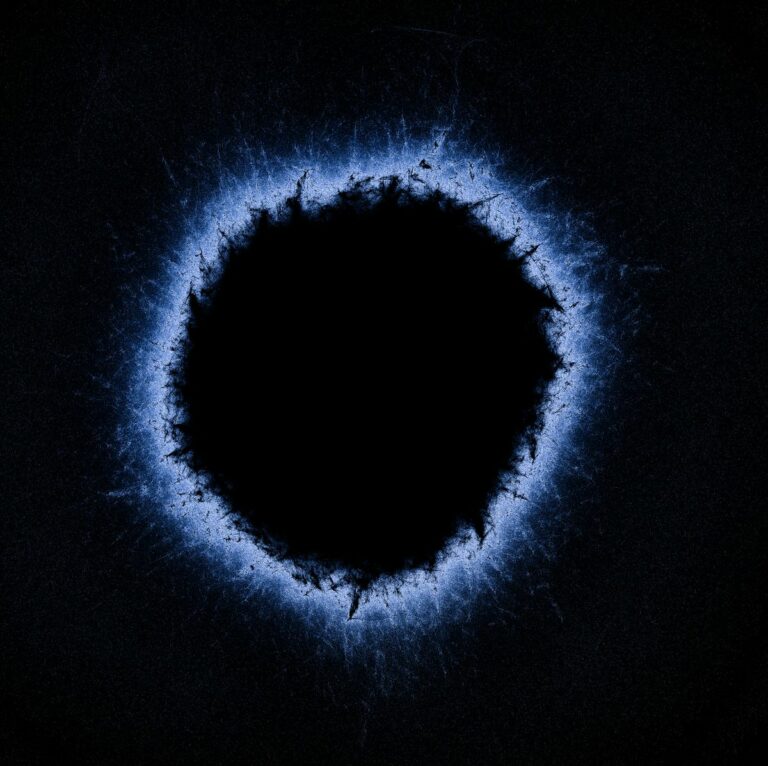Black holes have long been a source of fascination and confusion for scientists and cosmologists due to their defiance of known laws of physics. Recent studies propose the existence of fuzzballs as a groundbreaking concept that could revolutionize our understanding of these enigmatic cosmic entities.
The complexity of black holes stems from Einstein’s theory of general relativity, which predicts the formation of singularities and event horizons where gravity becomes dominant. Despite the challenges posed by this theory, astronomers have observed objects behaving like black holes, further complicating the cosmic narrative.
The information paradox introduced by Stephen Hawking in 1976 has added another layer of mystery to black holes, prompting the search for alternative explanations such as fuzzballs.
In the realm of string theory, black holes are reimagined as fuzzballs — entities that do not exhibit the characteristics of traditional black holes but share similarities with neutron stars. Neutron stars form when an object does not possess enough gravitational force to collapse into a black hole. Inside a neutron star, matter reaches an incredibly dense state, with neutrons, the basic components of atoms, densely packed together. In a fuzzball scenario, the fundamental strings stop interacting with each other, gathering into a spherical structure, hence the term fuzzball.
Despite the intrigue surrounding fuzzballs, it is important to acknowledge that string theory does not have a complete mathematical solution, resulting in the concept being fuzzy not only in physical terms but also in theoretical accuracy. Nevertheless, recent studies suggest that upcoming observations, particularly those focusing on gravitational waves, could shed light on the existence of fuzzballs.
The detection of gravitational waves resulting from black hole mergers by current instruments like LIGO has been a significant achievement, confirming the predictions of general relativity. However, the future of technology holds even more exciting possibilities. Advanced instruments such as the Laser Interferometer Gravitational-Wave Observatory (LIGO) and the proposed Laser Interferometer Space Antenna could possess the necessary sensitivity to differentiate between conventional black holes and the hypothetical fuzzballs predicted by string theory. Various models of fuzzballs suggest that they may exhibit distinct gravitational wave signatures, which could serve as a crucial avenue to either validate or disprove their existence.
The potential discovery of fuzzballs carries profound implications for our understanding of the universe. It goes beyond merely confirming the presence of black holes and opens up a new realm of exploration into the intricacies of these celestial phenomena. If evidence for fuzzballs emerges, it would not only redefine our perception of black holes but also unravel some of the deepest mysteries surrounding the nature of the cosmos. The study of fuzzballs represents a significant milestone in our cosmic journey, offering unprecedented insights into the very fabric of the universe itself. This promises to bring about a revolutionary paradigm shift in our comprehension of the cosmic order.
Do not forget to share your opinion with us to provide you with the best posts !




0 Comments